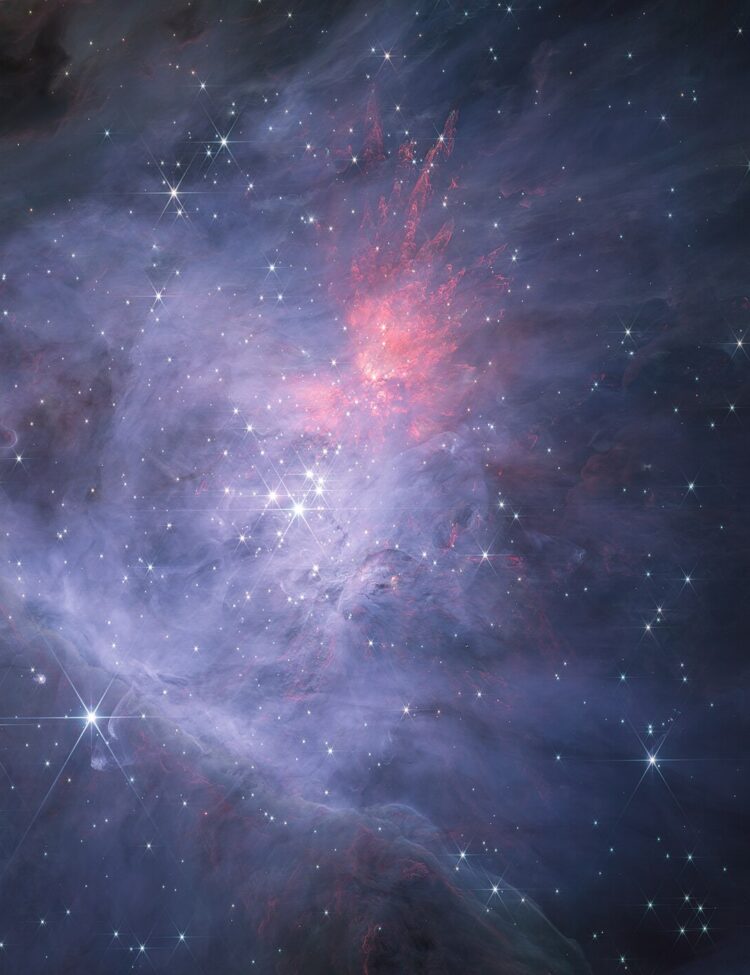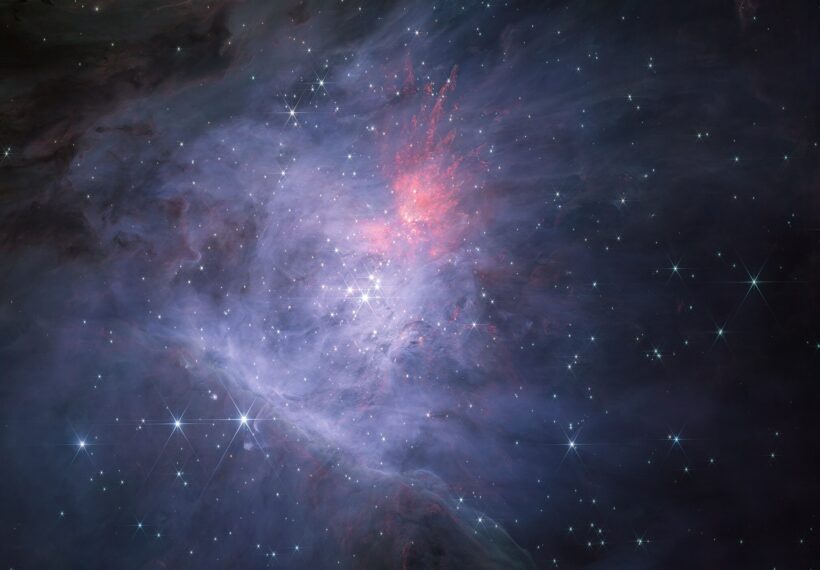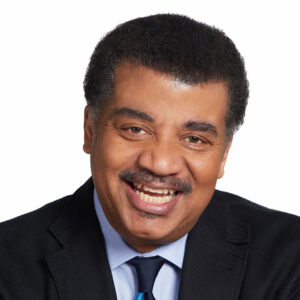About This Episode
Can you measure time without something moving? Neil deGrasse Tyson and comedian Chuck Nice tackle your cosmic questions, from the Silurian Hypothesis to singularities to the edge of the known universe.
We ponder the relationship between time and motion. Does all time require motion, or can it exist on its own? Can you measure time without something that repeats? Then, Neil sheepishly recommends a book every 12-year-old should read (yes, it’s his). Plus, what would the universe look like from its edge? What lies beyond our cosmic horizon, and could we ever see it?
We explore the Silurian Hypothesis and whether a pre-human civilization might be forever lost under Earth’s shifting crust. If an intelligent species lived on Earth millions of years before us, would we even know? Chuck recalls a certain dinosaur sitcom, while Neil considers how crustal subduction buries geological records. What’s the timescale for Earth’s crust to recycle every trace of a lost civilization? Then it’s off to black holes: Is the singularity at the heart of a black hole real, or just a mathematical glitch?
From there, we shine light on why some materials are transparent and whether mining the Moon could affect Earth. We break down how light behaves at the atomic level—what makes some materials transparent while others blur or block? Would mining the Moon make it lighter? And if the Moon vanished, would tides survive? We debate renaming time itself, dream up wormholes in the kitchen, and figure out how massless photons still carry images. Finally, what if our whole universe is inside a black hole? Could each black hole house a universe of its own? Grab your space pants—this one’s a ride.
Thanks to our Patrons Mary Virdeh, Michael Bird, Andrew Knowlton, Larimore, Kat S, Todd Ferguson, Michael Lynch, Jimmy Fitzgerald, Lee Coble, Laura Rocha, Alexis Blanchette, John, John Millen, Rick FlyFish, Sam Cranch, CodeBard, Harper, Sean McCaul, Cameron Jeanes, Caryl-Robin D, Vinay Kashyap, Jessica Munson, Robert Bigford, octavius sligh, Pattie B, Aziz Oujana Gilbert, Timothy Custard, Ann White, Lee Booze, Fran G, Aurel, Nathan Pond, Lisa N, Mark Gruber, Noe G, Don Morgan, Cherry Jubilee Joyfully, Nick Costella, Erin Thompson, Micheal Muschal, Dan Mack, Andrew Brockert, Brian Schelp, Del, Quincy Jenkins, Amanda Byrd, Dorian Vaughn, Dan Maske, Rattana, Song Zheng, adiMan, and Joseph Wilkerson for supporting us this week.
NOTE: StarTalk+ Patrons can listen to this entire episode commercial-free.




 Unlock with Patreon
Unlock with Patreon

 Become a Patron
Become a Patron